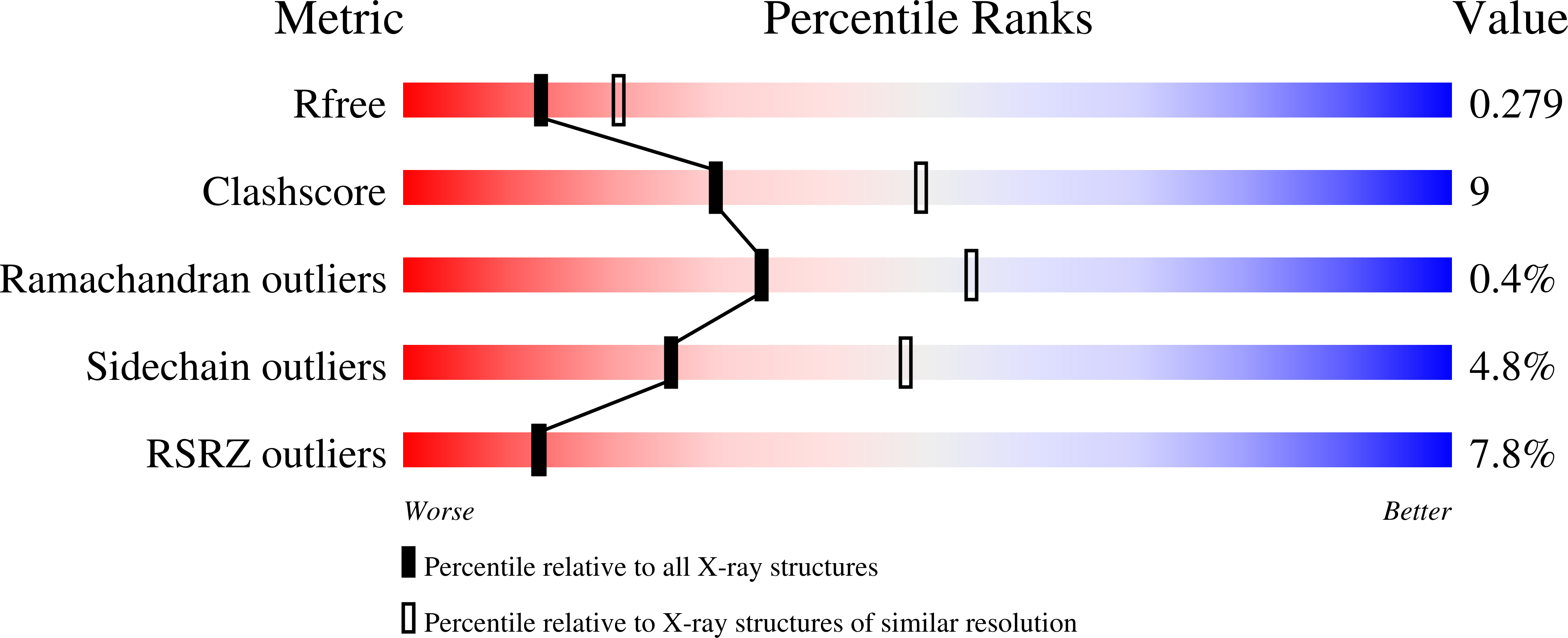
Deposition Date
2023-08-04
Release Date
2024-08-14
Last Version Date
2024-11-20
Entry Detail
PDB ID:
8Q3J
Keywords:
Title:
Crystal structure of mIL-38 in complex with a neutralizing Fab e04 fragment
Biological Source:
Source Organism:
Mus musculus (Taxon ID: 10090)
Host Organism:
Method Details:
Experimental Method:
Resolution:
2.50 Å
R-Value Free:
0.28
R-Value Work:
0.22
R-Value Observed:
0.23
Space Group:
P 1 21 1


